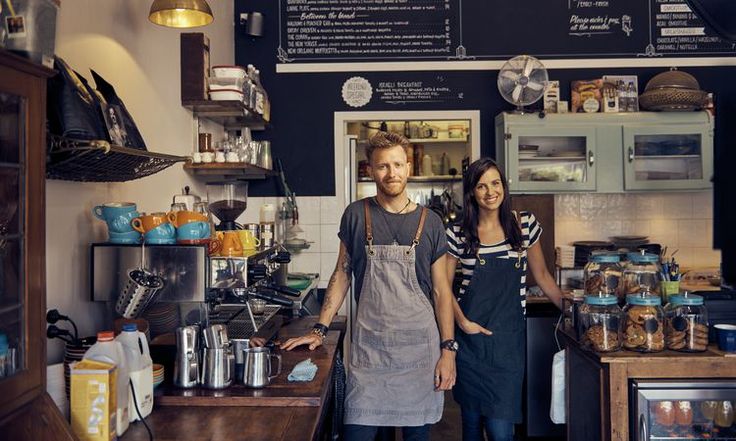Entering the hospitality industry is not without its challenges. Would-be bar, café and restaurant owners must be conscious of the fact that competition is fierce, and margins are tight, so staying profitable is challenging.
Demand for cafes, restaurants and bars is high and is expected to continue to grow in many parts of the world. For example, according to data compiled by TechNavio, the coffee and casual restaurant sectors in the USA are both expected to grow by around 12% YOY, in 2022 and beyond.
With this sort of growth potential, it’s little wonder that so many people are looking to open a food and beverage outlet of their own. But survival in this industry is far from guaranteed, especially for new entrants.
It’s often stated that 70% of US restaurants fail within their first year. This is an urban myth. An in-depth study carried out by researchers from the universities of California and Ohio State showed that 30% of restaurants end up closing their doors within a year of opening.
That is still a high failure rate, which explains why anyone who is thinking of setting up a food business needs to set themselves up for success from the get-go. Being aware of the pitfalls and actively working to avoid them is essential.
Keep reading to learn more about how to set your cafe or restaurant up for success!

#1 – Understand your customers
Not understanding their customers and what they want is a very common mistake made by a lot of business owners. For example, if almost every restaurant in your area includes certain dishes on their menu, you really should serve them too, in addition to the type of food you want to sell.
Why? When a group of people try your restaurant, everyone will be able to find something on your menu they’ll enjoy. More adventurous diners will happily try a dish they have never eaten before, while others who don’t like eating new things will be able to order your version of a burger or something similar.
Once you have been open for a few weeks, analyse the sales trends and tweak your menu accordingly. Over the course of a couple of months, your understanding of what people want will increase.
#2 – Set your prices at the right level
Right now, money is tight for a lot of people. Even those who still have plenty of disposable income are being more careful about how they spend. So, it’s critical that new bar, café, and restaurant owners set their prices at the right level from the beginning.
Initially, use how much other local venues are charging to guide you. Once you have been open for a few weeks you should analyse your sales data to see if you can charge a little more for some menu items. To be able to do this you’ll need to invest in a Point of Sale (PoS) system that includes software to produce this type of data. Once you’re armed with that knowledge you can pinpoint which dishes you could potentially charge a little more for.
To do this, it’s a good to idea to use digital menus. The use of digital menus for restaurants and cafes has become more widespread, mostly because it’s much easier to change them versus printed ones. Simply change the price of a dish for a few days and see whether doing so has a negative or positive impact on sales.
You can also remove certain dishes on quiet days when demand is so low that you end up throwing half of it away and making a loss. Experiment with putting it back on the menu, perhaps at weekends, when you are more likely to sell it through and make a profit.
The flexibility of digital menus helps hospitality owners avoid waste and tailor their offering to suit the tastes and habits of their customers.
#3 – Create a welcoming ambience
For most people, dining out is a treat. They want to go somewhere that makes them feel special. So, your restaurant, bar or café should never look scruffy or dirty – it should be a clean, warm and welcoming place.
This article explains in detail how to design a restaurant, bar or cafe so that people will be attracted to and want to visit, while still being practical and easy to run.
#4 – Recruit a good team
Lastly, as with any business, you need to hire a good team. How your serving staff treat customers will play a big role in whether you get any repeat business. So, start the recruitment process early and be prepared to pay experienced staff who do a great job a higher salary to encourage them to stay with you.


No Comments